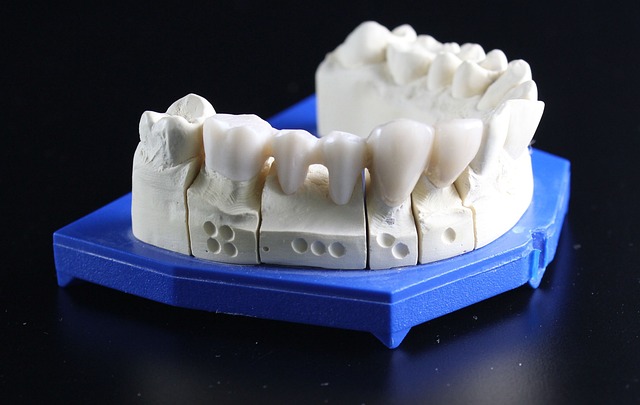Tesla's Thermal Management System (TMS) is an innovative engineering solution that maintains optimal performance and safety in all weather conditions through advanced sensors, liquid cooling, and intelligent control algorithms. Understanding TMS is essential for auto body shops and technicians during restoration processes like frame straightening. Firmware diagnostic logging monitors and records critical data during vehicle operations, helping detect anomalies in temperature regulation and enhancing troubleshooting efficiency. Performing a Tesla thermal management check, involving simulating various temperature scenarios and monitoring results, is crucial for maintaining safety and optimal performance, especially after extreme weather or periods of disuse.
“Uncover the intricacies of Tesla’s cutting-edge thermal management system, a key component in ensuring optimal vehicle performance and safety. This comprehensive guide delves into how firmware diagnostic logging plays a pivotal role in monitoring and managing temperature across various Tesla models.
Learn about the step-by-step process of performing a Tesla thermal management check, empowering owners to maintain their vehicles effectively. Discover the importance of regular checks and how they contribute to the overall health and longevity of your Tesla.”
- Understanding Tesla's Thermal Management System: A Comprehensive Overview
- The Role of Firmware Diagnostic Logging in Thermal Management
- Step-by-Step Guide: Performing a Tesla Thermal Management Check
Understanding Tesla's Thermal Management System: A Comprehensive Overview

Tesla’s Thermal Management System is a sophisticated engineering marvel designed to ensure optimal performance and safety in all conditions. This system plays a crucial role in maintaining the efficiency and longevity of Tesla vehicles, particularly in extreme weather environments. By continuously monitoring and regulating internal temperatures, it safeguards critical components like batteries and motors.
Comprised of advanced sensors, liquid cooling mechanisms, and intelligent control algorithms, the system adapts to driving dynamics. It efficiently dissipates heat generated during intense acceleration or high-performance driving, preventing overheating. Conversely, during cold weather, it employs heated fluid circuits to prevent battery and motor components from freezing. This holistic approach ensures that Tesla vehicles operate at peak levels, offering owners a reliable and efficient driving experience—a testament to the company’s commitment to technological excellence in the automotive industry. In an auto body shop or during an auto body restoration or frame straightening process, understanding this intricate system is vital for technicians working on these electric vehicles.
The Role of Firmware Diagnostic Logging in Thermal Management

In the realm of Tesla thermal management checks, firmware diagnostic logging plays a pivotal role. This advanced feature allows for continuous monitoring and recording of critical data during vehicle operations, providing invaluable insights into the car’s performance and health, particularly in relation to temperature regulation. By logging various parameters such as engine heat, battery cooling, and cabin climate control, the system can identify anomalies or inefficiencies that might otherwise go unnoticed.
For instance, during a Tesla thermal management check, diagnostic logs can reveal if there are issues with heat distribution within the car’s vehicle body repair or collision repair areas, helping to ensure optimal passenger comfort and safety. These detailed records facilitate precise troubleshooting and enable technicians to quickly diagnose problems related to heating, ventilation, and air conditioning (HVAC) systems, cooling mechanisms, and other thermal management components, ultimately enhancing the overall efficiency of the vehicle’s car bodywork.
Step-by-Step Guide: Performing a Tesla Thermal Management Check

Performing a Tesla Thermal Management Check is an essential process for maintaining the vehicle’s optimal performance and safety, especially in extreme weather conditions. Here’s a step-by-step guide to help you navigate this procedure. Start by ensuring your Tesla is plugged into a charging station or home outlet. Next, locate and access the car’s diagnostic interface, often found in the center console or via a dedicated app on your smartphone. Activate the thermal management check feature, which will initiate a series of tests. These may include simulating different temperature scenarios and monitoring how the vehicle’s cooling system responds.
During the test, pay close attention to the results displayed on the diagnostic interface. Look for any anomalies or deviations from the expected performance. If issues are detected, further diagnostics can be run. This might involve checking fluid levels, inspecting radiators, and verifying sensor functionality within your Tesla’s complex cooling network. Remember that regular thermal management checks are crucial, especially after extreme weather events or lengthy periods of disuse in an auto collision repair shop, as they help identify potential problems early on.
Tesla’s advanced thermal management system, coupled with detailed firmware diagnostic logging, ensures optimal vehicle performance and safety. By understanding how these components work together, owners can proactively maintain their electric vehicles. The step-by-step guide provided offers a practical approach to performing a Tesla thermal management check, empowering users to stay ahead of potential issues. This knowledge is especially valuable in the ever-evolving world of electric mobility, where efficient thermal control is key to maximizing range and vehicle longevity.














